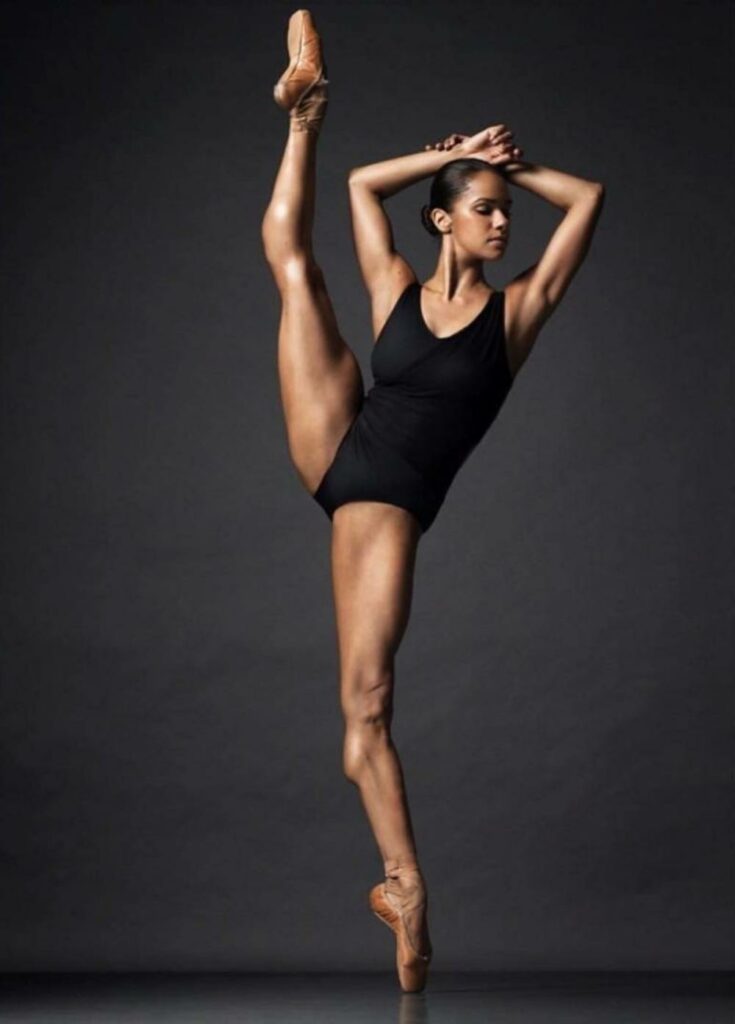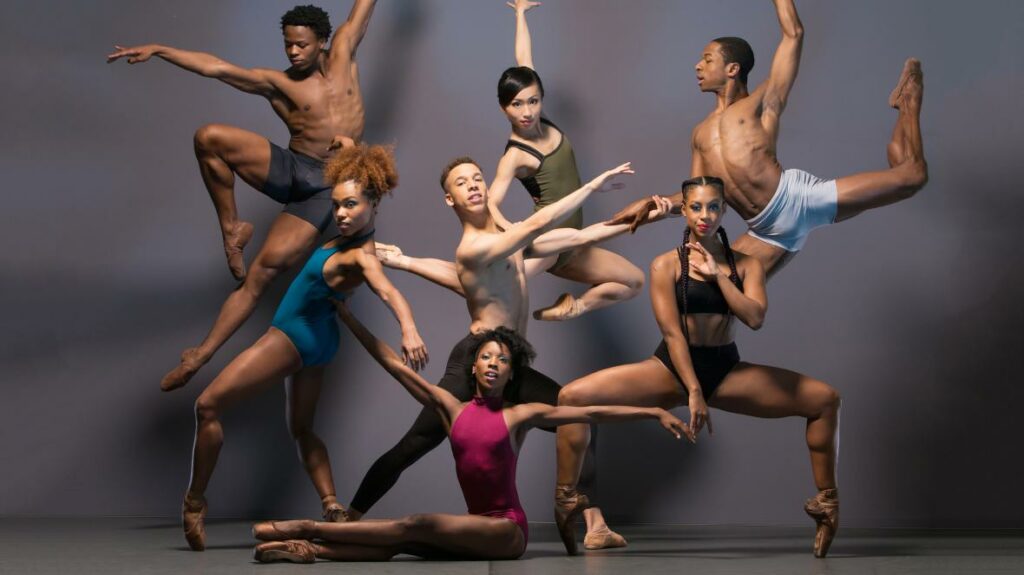In this three part series, Junior Girl and ballet dancer Georgia Licence examines the aesthetics of race and body in the ballet industry. In this third post, she looks toward the future of ballet, including specific ballet companies that are promoting new standards. You can read the first post here, and the second here.
The previous blog posts set out, rather negatively, the racial dimension of the struggles and inequalities within the ballet industry. This post will, hopefully, cast a more positive and uplifting light onto the topic as I will outline the ways things are changing now.
Diversity in the ballet industry is a cyclical process and having fewer role models to look up to and identify with will result in fewer black dancers feeling encouraged to join ballet in the first place, thus reinforcing the feedback loop.
Role models are individuals who are considered worthy of emulation, and research has shown that role models of the same race as an individual or the same background are more likely to have an impact than those who are not. An aspiration seems more attainable when you can look up and see someone you identify with. In 2017, 1.5% of professional ballerinas were black and the percentage of African-American people in the American population at that time was 13.4% according to the US Census. This indicates how the ballet world was not racially representative of the population and it may have been a struggle for young dancers to find inspiration.
I have found a few examples of companies and individuals aiming to break the cycle. Thankfully, there are many more examples now, but these were the selection I focused on during my research.
The first example and one who has been immensely important that in the drive for diversity in the ballet industry is Misty Copeland. Misty is known for being the first black principal dancer in the American Ballet Theatre. Her main message is that ballet should be accessible to everyone and that everyone should have a chance to dance. Copeland pushes the idea that you should not let the words of others define you, and she demonstrates that not all ballerinas need to look like the Fairy tale creatures we typically imagine ballerinas to be. During my research, the girls told me that Copeland is inspirational as she has beautiful muscular shoulders and is paving the way for the success of black dancers with ‘different’ body types (although, as you can see in the picture, Misty has the most beautiful and strong ballet body). Up to 66% of my participants said they followed Misty Copeland on Instagram and she even had an interview with Barack Obama. Misty really is a beacon of hope and change. If you are interested, I would definitely recommend watching her interview.
Another example of a source of inspiration is Ballet Black, a ballet company and school focussing on dancers of African, Afro-Caribbean and Asian descent. The company was founded by Cassa Pancho, a dancer who also studied black British ballet at University and who believes diversity begins at the level of the classroom. It is important to build dancers up from the beginning in order to see a change. Without these firm foundations and encouraging class environments, we cannot expect to see more dancers at a professional level. Equally, she believes that the issue of race in the ballet industry is fundamentally image related. Ballet Black are aiming to transform this dominant image. During my own research, one participant mentioned how she was given a newspaper cutting about the company before her ballet exam. She said that it gave her the motivation she needed in order to thrive for her exam. Through nurturing young dancers in the school and associates program, and by putting black dancers in the public eye, Ballet Black will be able to tackle multiple levels of diversity within the industry. It is truly encouraging.
Finally, my research took me to Portobello Dance School in London. Portobello Dance School’s main mission is to show the world how dance can celebrate differences and appreciate how inclusivity is central to advancing humanity. During black history month, the school put on a show called ‘Classically British’. I was fortunate enough to attend in 2019. This performance was truly inspiring, passionate and emotive. The students, and contacts from the school, danced beautiful pieces under the broad themes of hope, inspiration, and the future. The last surviving member of Britain’s first black Ballet company, The Ballet Negre was there to see the students dance and to meet with the audience. Also, at the end of the performance the dancers spoke with the audience in an informal setting in order to allow for interaction between hopeful dancers and their role models. There was an emphasis on the idea that the dancers of the school were the ‘dancers of tomorrow’, feeding the system from the roots, and being accepted into opportunities such as the Ballet Black Associate Program.
With individuals and organisations to look up to, hopefully the long enduring image of the Ballet Blanc will begin to evolve. By tackling the level of the individual at the root, as well as the popular imagination of the industry, we can be optimistic for the future of ballet.
-Georgia Licence
Junior Girl
Girl Museum Inc.
If you are interested in following up on any of these ideas from this series, we suggest:
Narratives in Black British Dance: Embodied Practices, edited by Adesola Akinleye (2018)
Ballet and whiteness: Will ballet forever be the Kingdom of Pale?, by Jennifer Fisher (2016)
An Anthropologist looks at ballet as a form of ethnic dance, by Joann Kealiinohomoku (1970)


